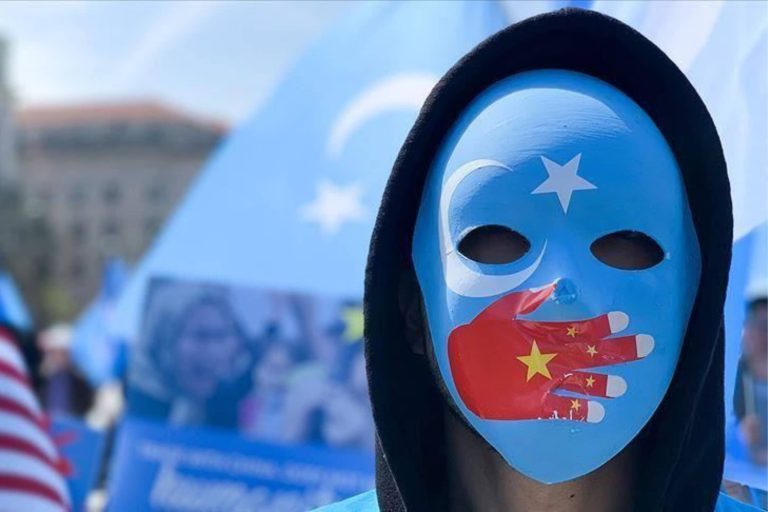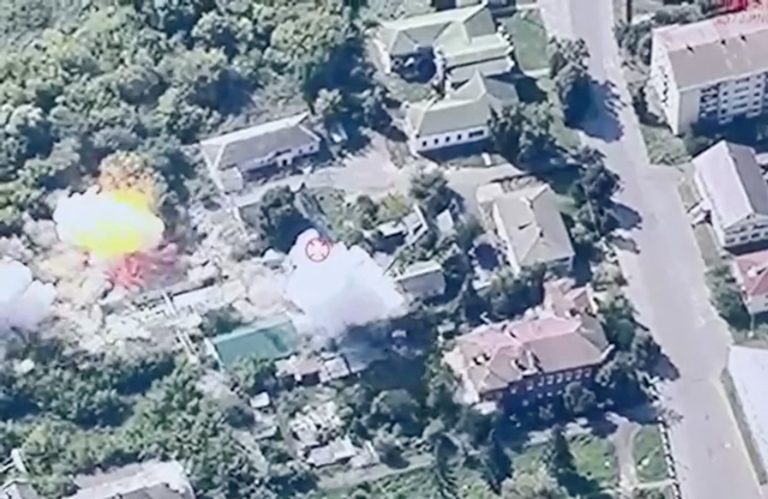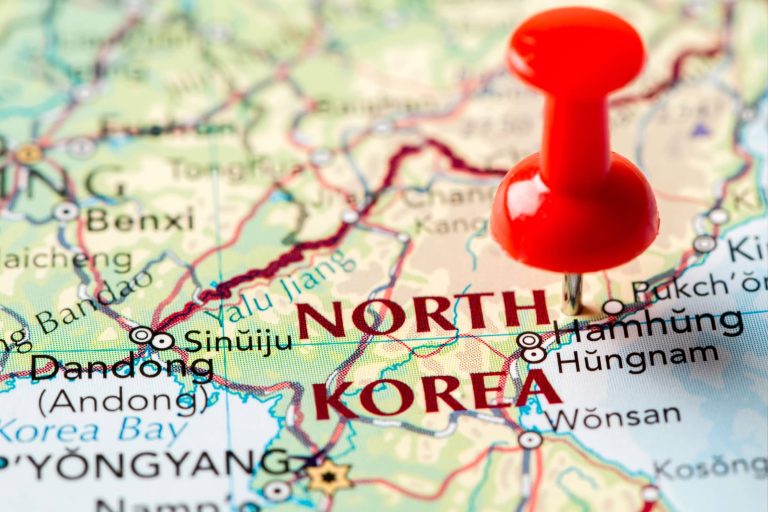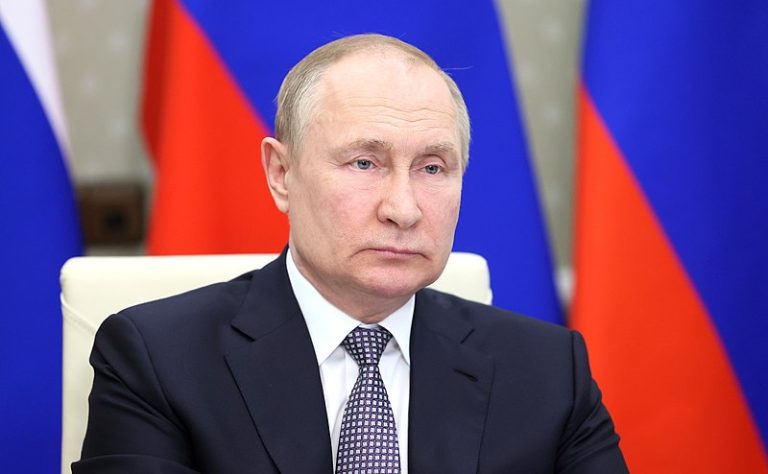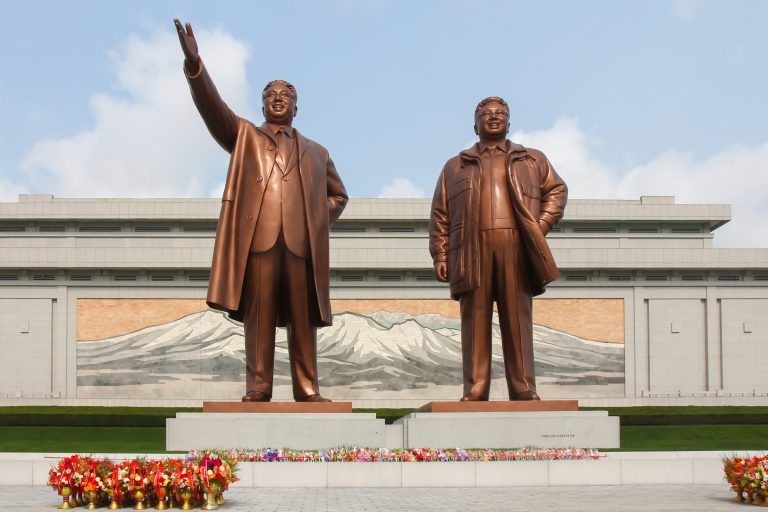The Indo-Pacific has become the decisive stage for global competition, where the balance between China’s money and America’s security promises will shape the future.
The Fragile Balance of Power
The Indo-Pacific is no longer a quiet backwater of international politics. Instead, it has become the centrepiece of global strategic competition, where the United States and China are locked in a contest for influence. This rivalry has echoes of the Cold War, but with modern twists. Unlike the old US–Soviet standoff, today’s great powers are deeply intertwined through trade, technology and finance. China is the world’s second-largest economy and a major trading partner for most of Asia, while the US remains the guarantor of regional security through its alliances with Japan, South Korea and Australia. The fragile balance of power rests on whether nations can benefit economically from China without sacrificing their security ties with Washington.
Press Play On The Episode While You Read
Small Nations Under Pressure
For smaller nations, particularly those in Southeast Asia and the Pacific, the Indo-Pacific Cold War presents both opportunities and dangers. Beijing’s Belt and Road investments bring infrastructure and cash, but often with debt burdens and political strings attached. At the same time, Washington and its allies push for a “free and open Indo-Pacific,” promising protection against coercion. Countries such as the Philippines, Vietnam and Indonesia find themselves pulled in both directions. They may try to remain neutral, but growing tensions—whether in the South China Sea or over Taiwan—could eventually force them to choose sides. History shows that small states caught between rival great powers often struggle to keep their independence, and today’s environment is no different.

Japan’s Role in Shaping Regional Stability
Japan is emerging as one of the most important players in this new strategic contest. Once bound by its pacifist post-war constitution, Tokyo is now cautiously stepping into a bigger security role. It has begun exporting defence equipment, including frigates to Australia, and is investing in closer ties with other US allies across the Indo-Pacific. Japan has also taken a careful approach to economic “de-risking” from China, slowly diversifying its supply chains and encouraging companies to look to Southeast Asia. This cautious but steady strategy highlights Japan’s ability to navigate a region where economic interdependence and security concerns clash. For many smaller states, Japan offers a model of how to maintain balance without being entirely dominated by either Washington or Beijing.

Can the Indo-Pacific Avoid a New Cold War?
The looming question is whether the Indo-Pacific can avoid sliding into a full-blown Cold War. Unlike the rigid blocs of the 20th century, today’s competition is more complex. China and the US trade billions of dollars with each other, while countries such as India, Australia and Japan try to shape events without triggering open conflict. The danger lies in “grey zone” activities—maritime confrontations, cyberattacks, or coercive trade practices—that could spiral into something larger. Avoiding escalation will depend on whether regional powers can build resilient partnerships, enforce international norms, and keep dialogue open even when disagreements run deep.
The Indo-Pacific is the decisive stage of 21st-century geopolitics. If nations can manage rivalry without conflict, the region could remain prosperous. But if competition hardens into confrontation, the world may find itself in a new Cold War—with Asia at its epicentre.



















